Comparing Wim Hof and Traditional Pranayama: Similarities, Differences, and Best Use Cases
Comparing Wim Hof and Traditional Pranayama: Similarities, Differences, and Best Use Cases
Breathing techniques enhance wellness. They serve as tools for relaxation and mechanisms for achieving physical performance and mental clarity. Two prominent methods are the Wim Hof Method and traditional Pranayama. Both methods focus on breath control but differ in techniques, philosophies, and outcomes. This post explores their similarities, differences, and ideal use cases.
Understanding Wim Hof Method
Wim Hof, known as “The Iceman,” developed a unique breathing technique. He merges breathing exercises, cold exposure, and meditation into a cohesive practice. Athletes and wellness enthusiasts widely adopt his method to enhance resilience and performance.
How It Works
The Wim Hof Method has three primary components: breathing exercises, cold exposure, and commitment. Practitioners start with controlled breaths, inhaling deeply and exhaling fully. After several cycles, they hold their breath for a specified duration and then take a recovery breath. They often repeat this sequence multiple times. Cold exposure may include cold showers, ice baths, or outdoor activities in cold environments to bolster resilience.
Key Benefits
1. **Increased Oxygen Levels**: Breathing exercises elevate oxygen levels in the bloodstream, enhancing physical performance and health.
2. **Stress Reduction**: The method lowers cortisol levels, effectively managing stress.
3. **Enhanced Mental Clarity**: Users report improved focus and cognitive function, boosting productivity.
Exploring Traditional Pranayama
Pranayama emphasizes breath control to promote physical and mental well-being. This ancient practice has roots in Indian philosophy and spirituality. It includes various techniques designed to harness the life force known as “prana.”
Techniques Involved
Traditional Pranayama includes techniques like Nadi Shodhana (alternate nostril breathing), Kapalabhati (skull shining breath), and Ujjayi (victorious breath). Each technique serves distinct purposes, from calming the mind to invigorating the body.
Key Benefits
1. **Improved Lung Capacity**: Regular Pranayama practice increases lung capacity and efficiency, leading to better health.
2. **Emotional Balance**: The techniques foster emotional stability, reducing anxiety and promoting well-being.
3. **Spiritual Awareness**: Pranayama nurtures spiritual growth and mindfulness, deepening connections to self and the universe.
Similarities Between Wim Hof and Pranayama
Despite their differences, Wim Hof and traditional Pranayama share notable similarities. Both underscore the power of breath in enhancing well-being.
Conclusion
Both methods provide unique benefits and approaches to breathing. Understanding their differences helps individuals choose the best practice for their needs.
Below are related products to the topic if you’re interested:
FAQ
What are the main components of the Wim Hof Method?
The Wim Hof Method consists of three primary components: breathing exercises, cold exposure, and commitment. Practitioners engage in controlled breathing cycles, hold their breath for specific durations, and incorporate cold exposure through methods like cold showers and ice baths to enhance resilience and performance.
How does traditional Pranayama differ from the Wim Hof Method?
While both focus on breath control, traditional Pranayama emphasizes techniques rooted in Indian philosophy and spirituality, such as Nadi Shodhana and Kapalabhati, aimed at promoting physical and emotional well-being. In contrast, the Wim Hof Method combines breathing techniques with cold exposure and meditation, targeting resilience and peak physical performance.
What are some key benefits of practicing Wim Hof and traditional Pranayama?
The Wim Hof Method offers benefits like increased oxygen levels, stress reduction, and enhanced mental clarity. On the other hand, traditional Pranayama promotes improved lung capacity, emotional balance, and spiritual awareness. Both methods enhance overall well-being through their unique approaches to breathing.
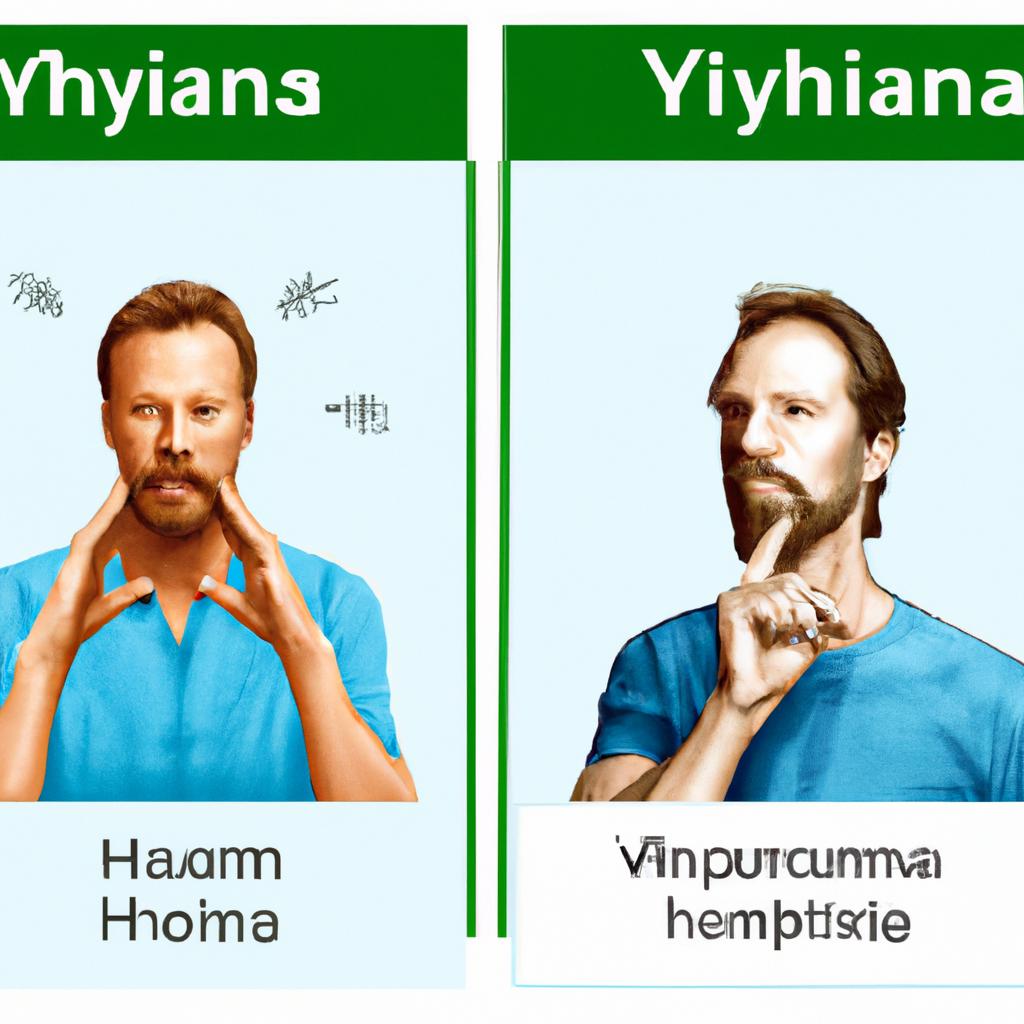

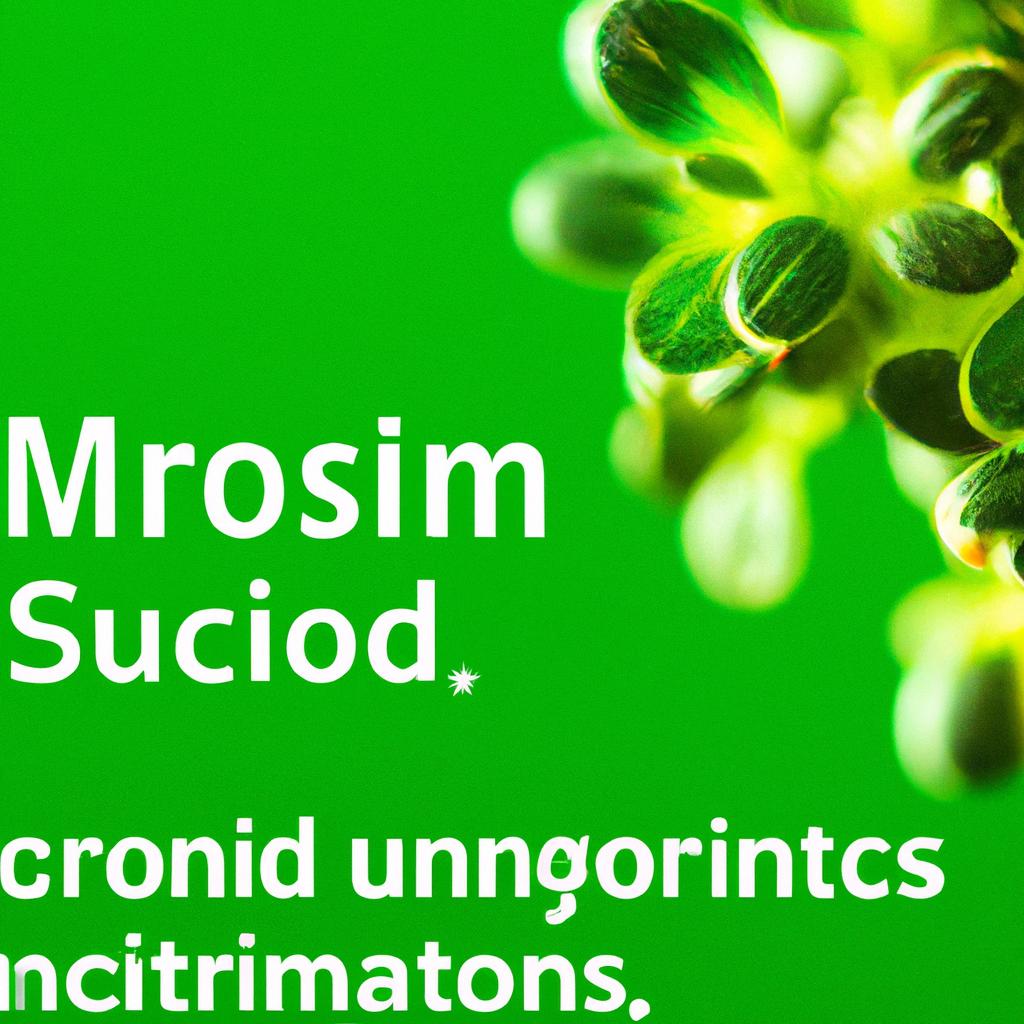


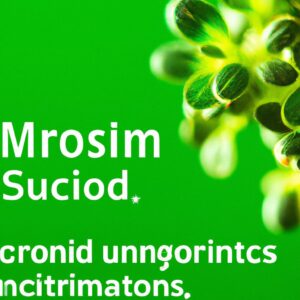


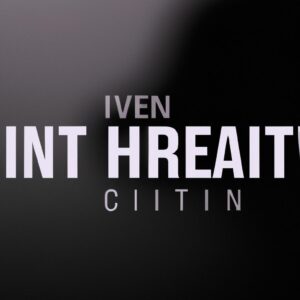


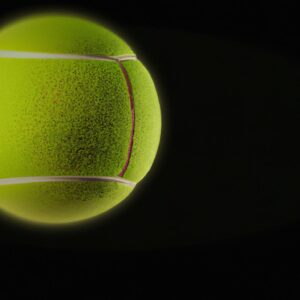

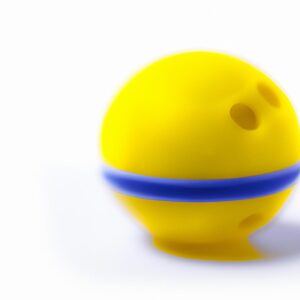

Post Comment